This all started when a good friend (thanks a million, hamsterman!) sent me a 1/72 Toko Hansa-Brandenburg W.29. I've had a soft-spot for this incredibly modern W.W. I design since seeing a picture in a book from my grade-school library but I never had the opportunity to build one until now. Since mine was bagged, there's no box art to speak of but the sprues sure look every bit like a W.29.
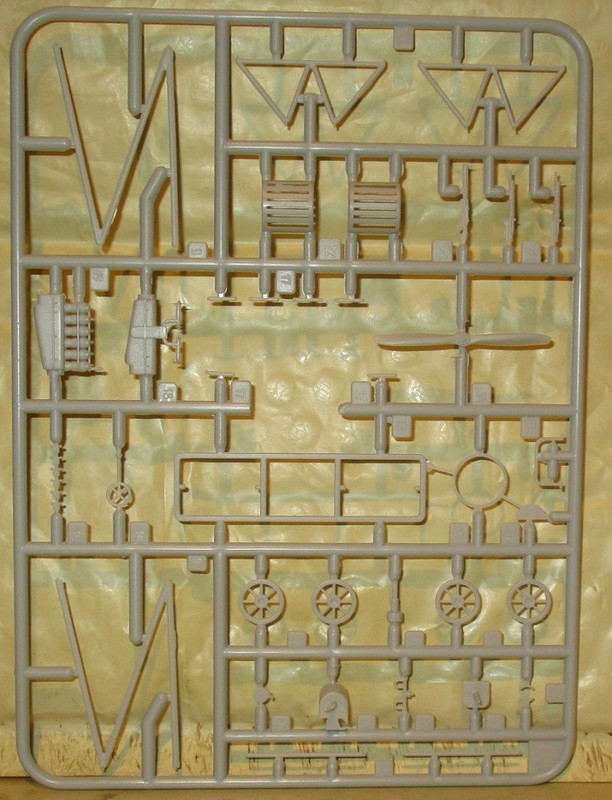
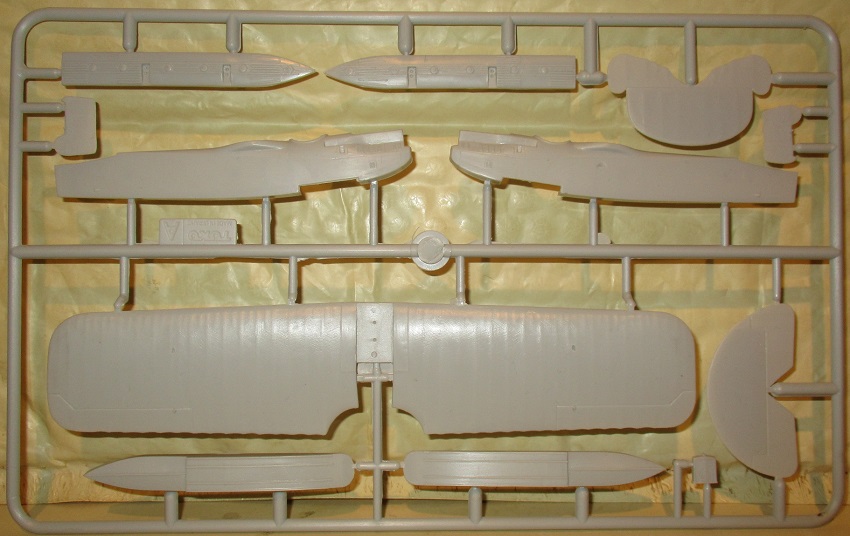
As lovely as that molding is (and it's absolutely top-shelf), the decals are even better.
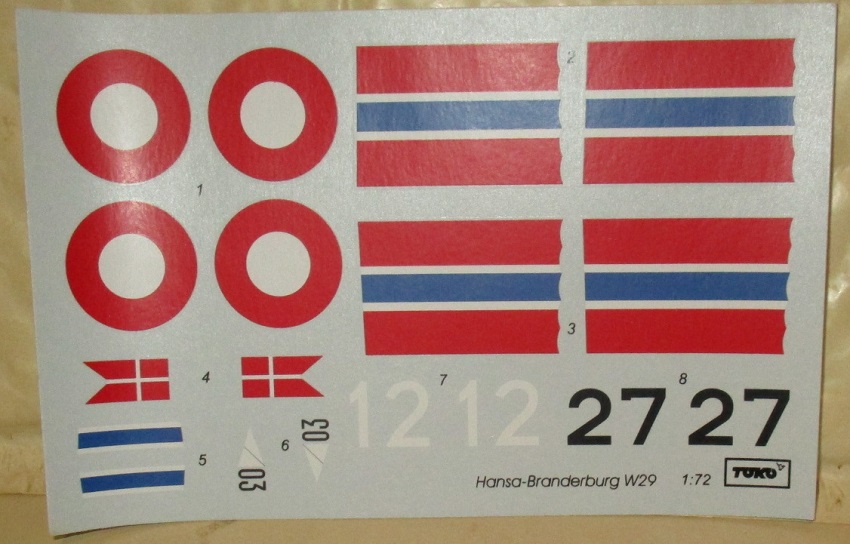

Now as impressive as these are, I had other plans for this build so I hoarded them away jealously.
The last decal sheet was another matter.
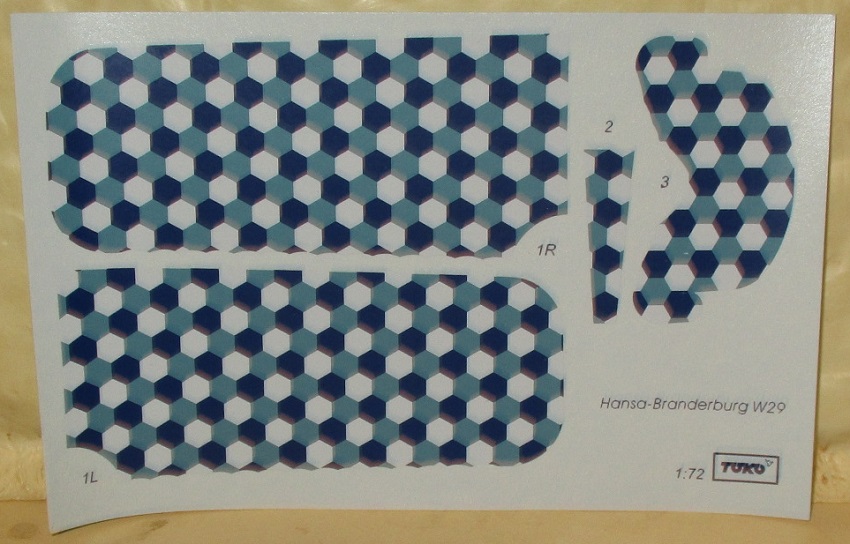
Isn't that lozenge gorgeous? I had my doubts it would work but I was determined to try and planned on painting a splinter scheme as back-up.
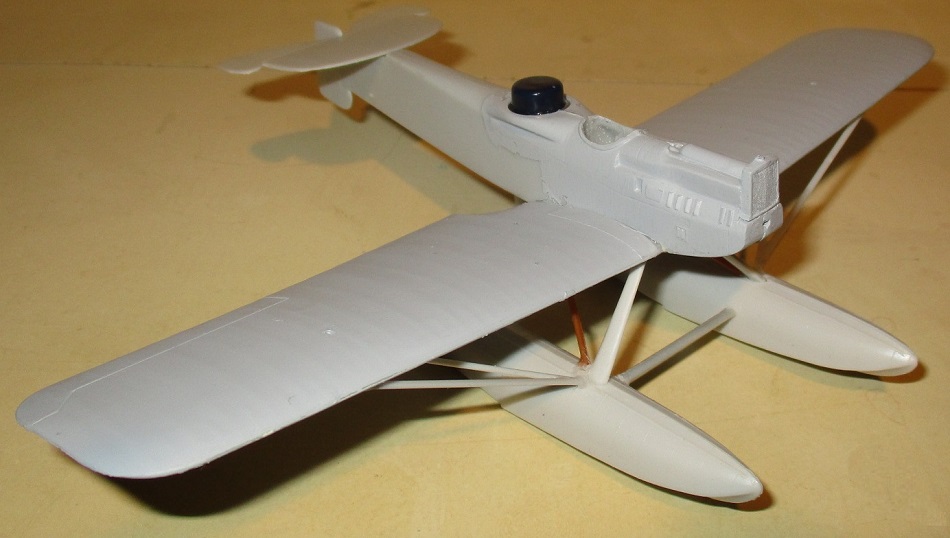
Right off the bat, I balked at building that engine just so the cylinders would show, so I covered it all up with sprue bits. Then I found the absolutely perfect piece of blister pack to serve as a turret. It fit in there like it was made for it.
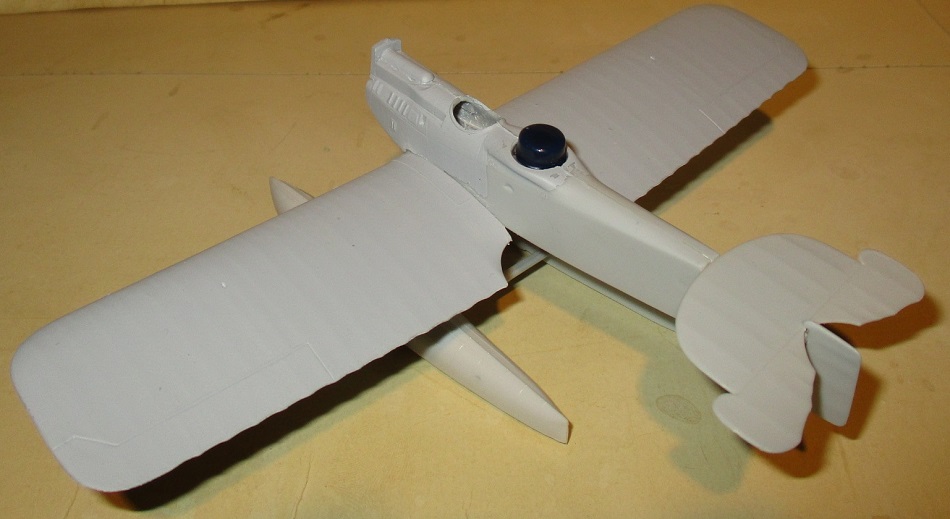
I swapped out the kit floats for sleeker ones from an He-51 and added a cross member between the struts.

The last major bit of modernization was attaching a spare canopy I smash-formed eons ago which again looked like it was part of the kit.

I also added the exhaust pipe left over from an Eduard Albatross and a Fokker D.VII prop modified with a spinner.
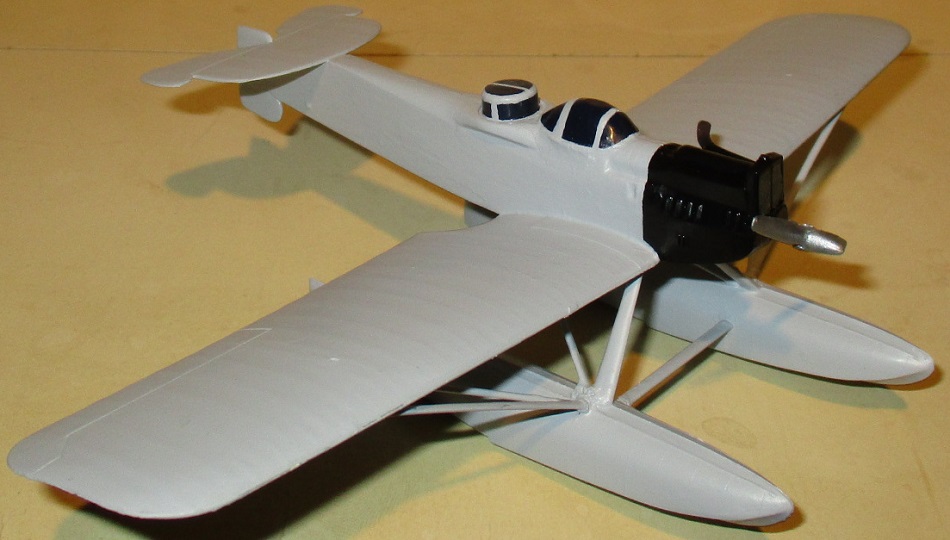
Here's how it all looked after it was brush-painted by hand in acrylics, Model Masters Primer Gray and Semi-Gloss Black mostly. The canopy was tinted on the inside with Insignia Blue and the radiator grill was dry-brushed Jet Exhaust. The exhaust pipe was dry-brushed Flat Black on the end and given a rust-colored wash. The prop was painted Aluminum.
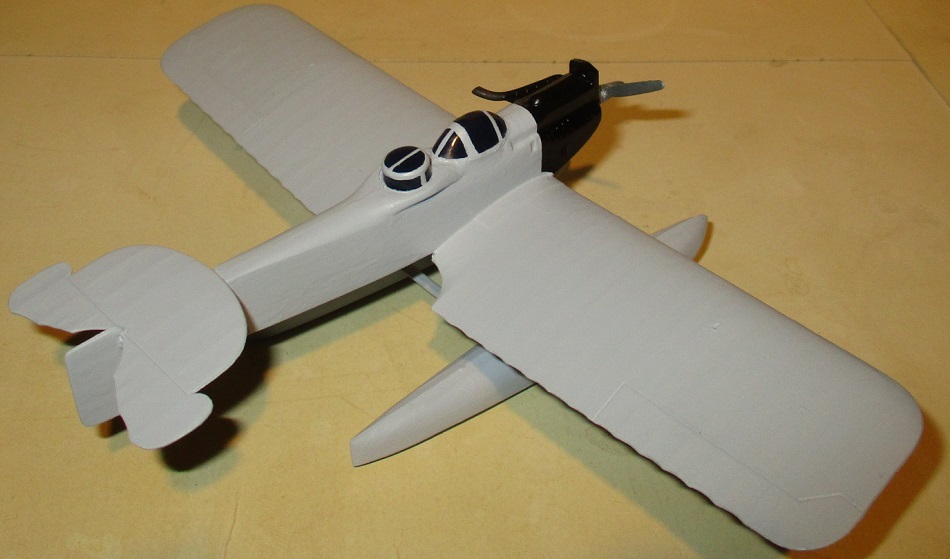
Two pieces of tape were used on the turret and canopy to keep things square, but the rest of the framing was done free-hand.
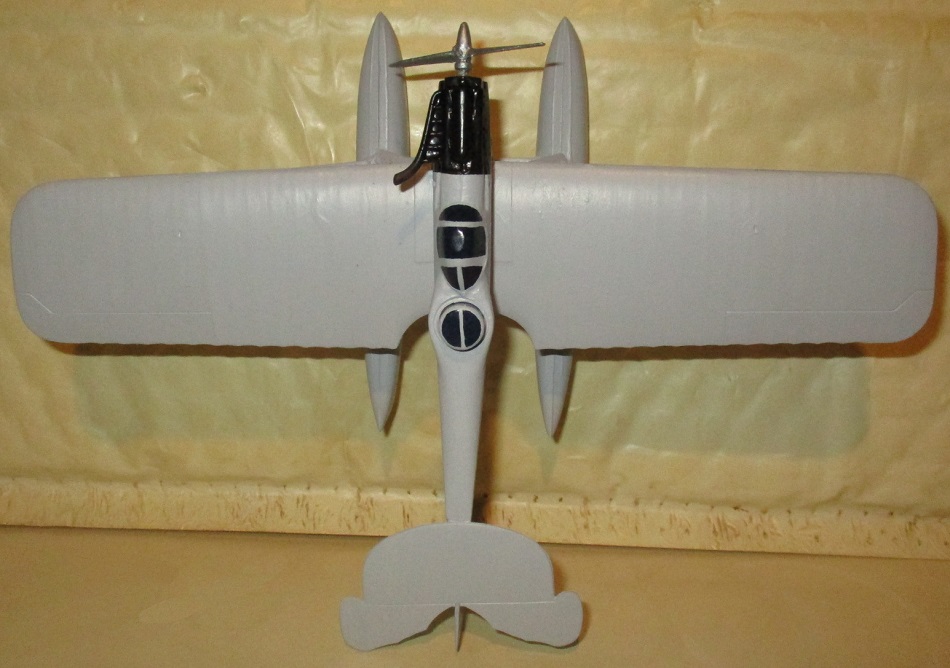
After this, it was time to tackle that lozenge.
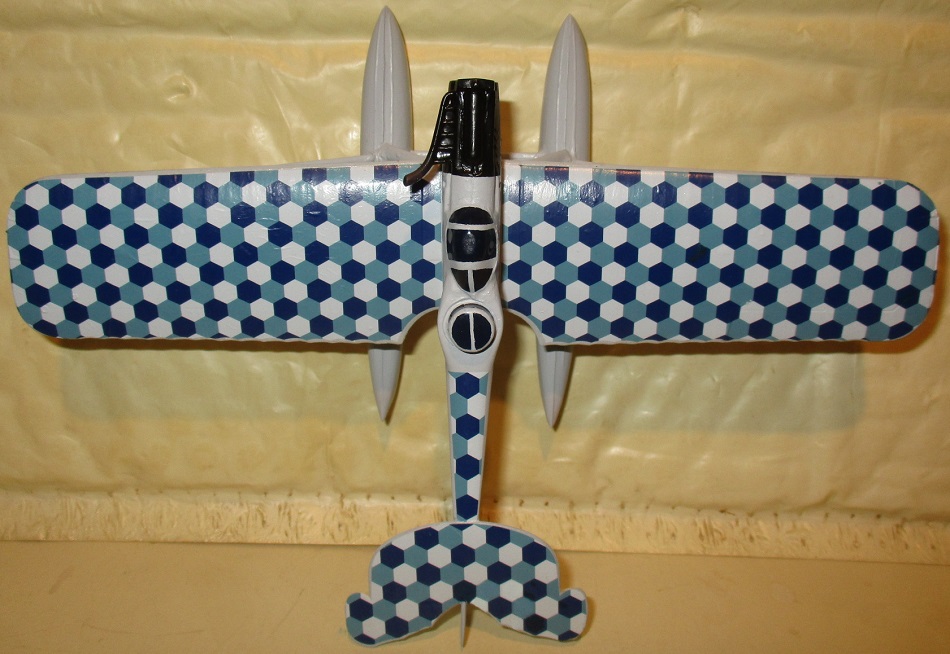
I was stunned how well it went on despite the fact these decals must be at least 20 years old.
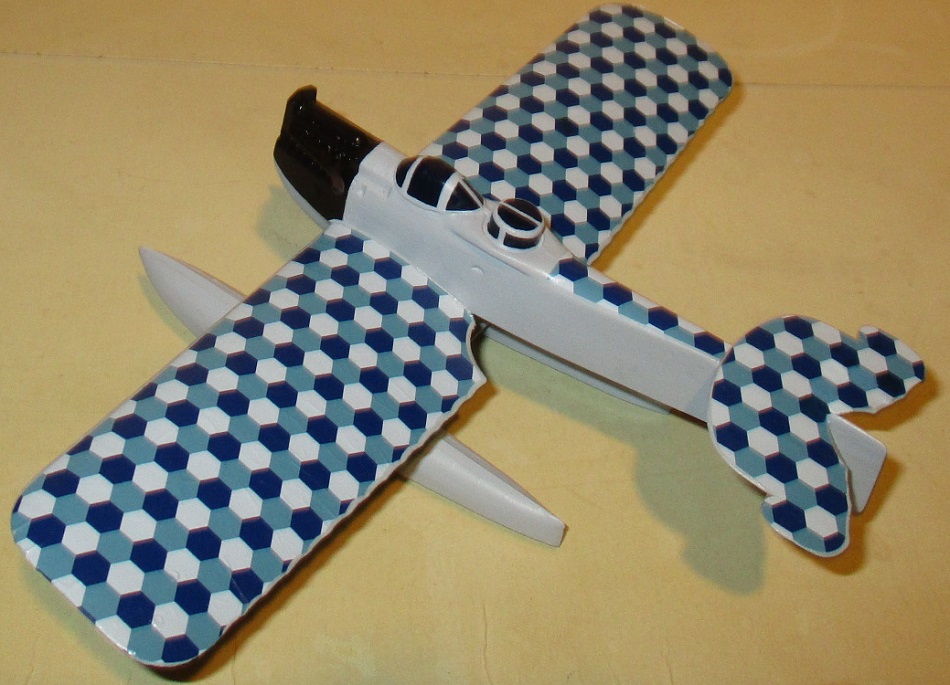
While I anticipated bringing out the heavy weapons (white glue thinned with warm water or gloss medium), no such tactics were necessary and I only needed a little extra water, a steady hand and bit of blotting to get the lozenge down.
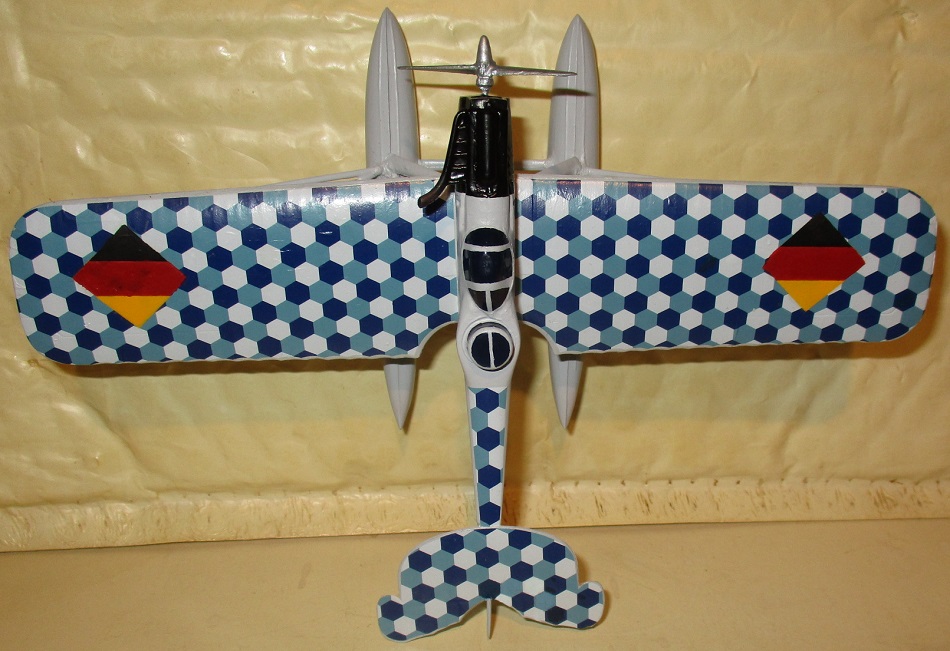
Those rotated East German markings were another matter and they required paint touch-ups to fix shatters and cracks, especially the ones on top (ain't it always like that?).
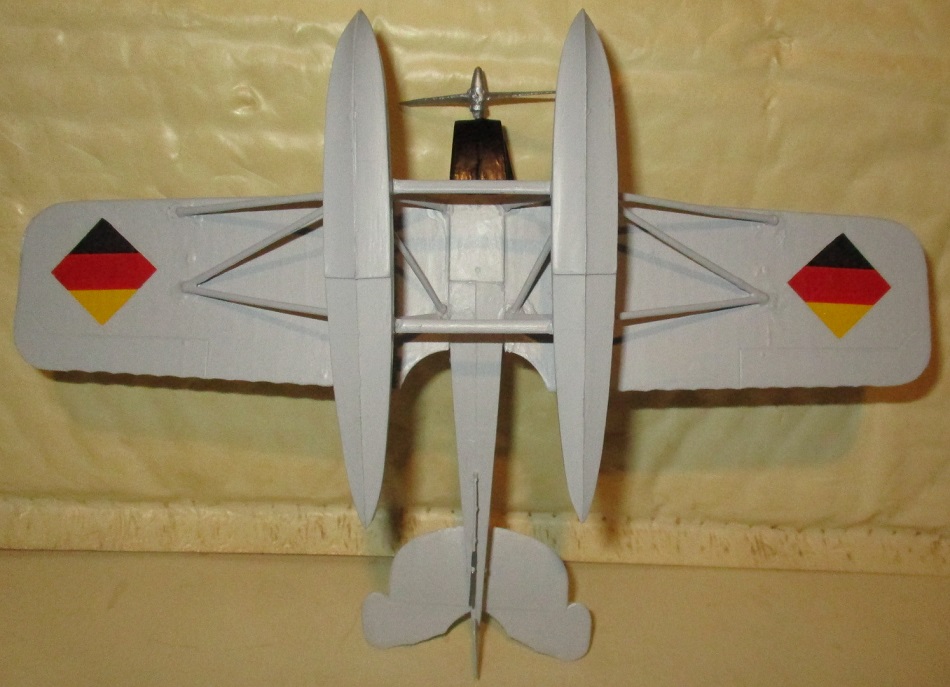
The rudder tri-color was swiped from an after-market sheet for a 1/48 Seahawk and the Weimar Fisheries Dept. crest is a defaced squadron badge from a 1/72 Airfix F-86 Sabre.
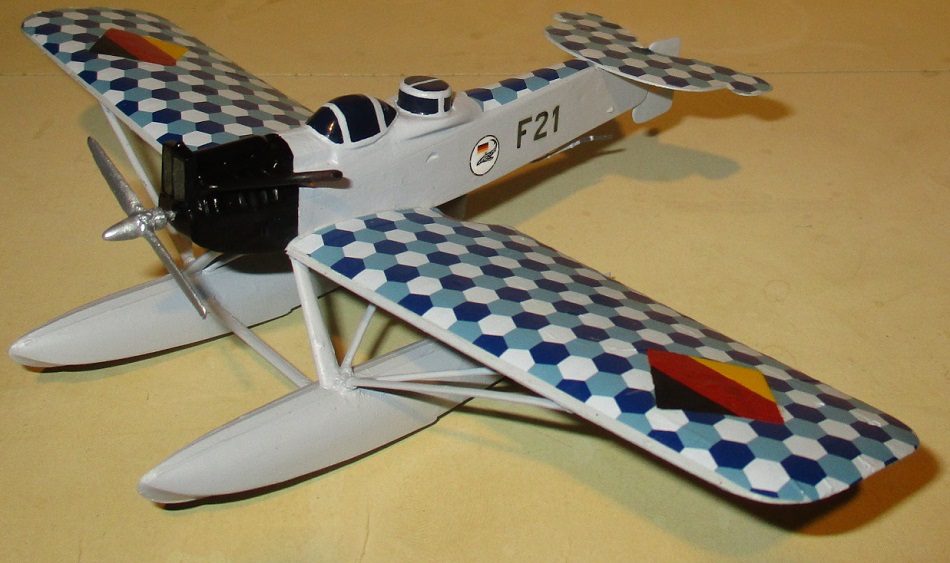
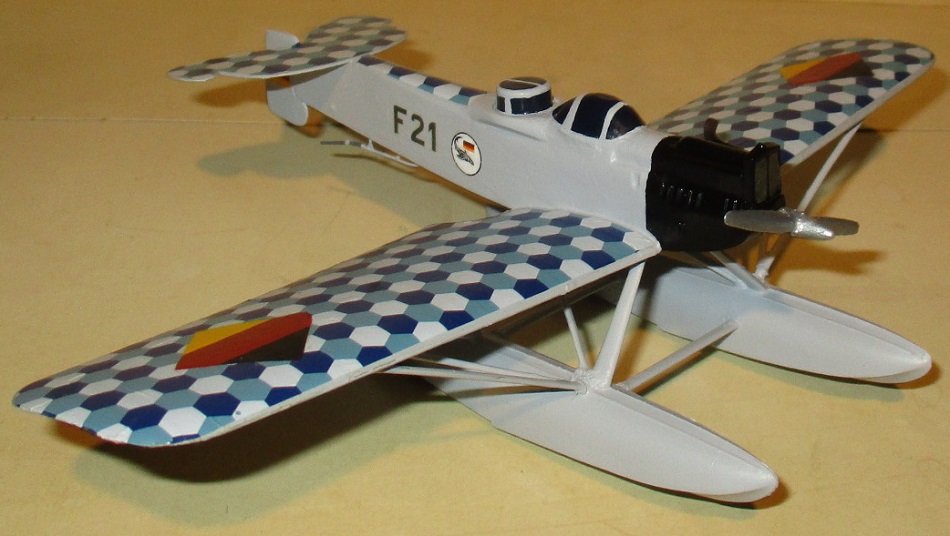
After the decals were on, I added the trailing wire antenna which is actually a 1/350 scale sub part.
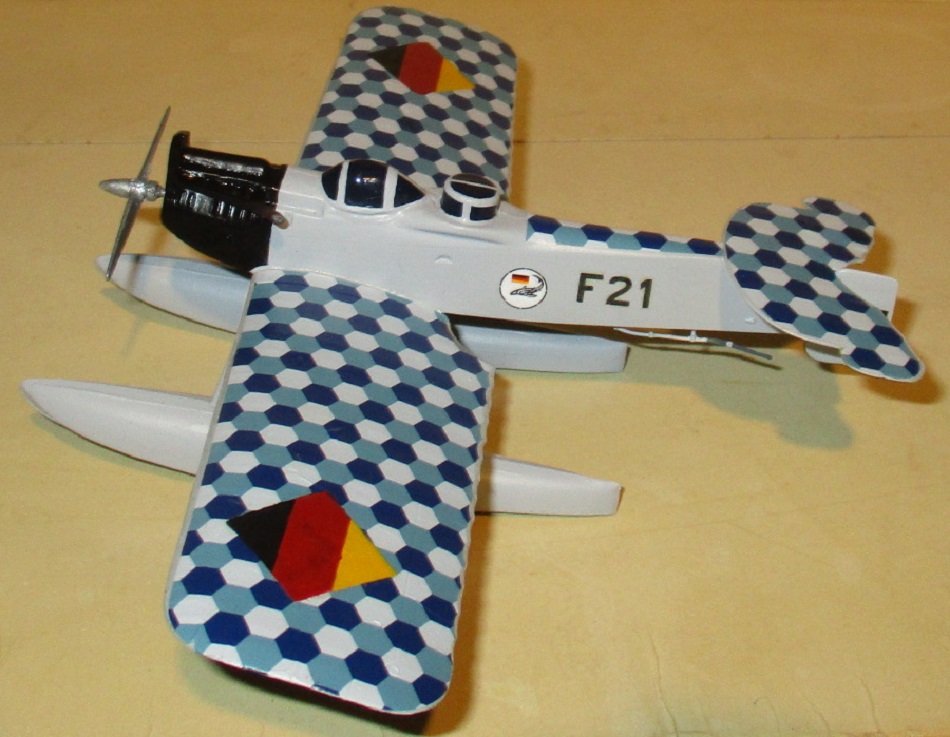
It took me about five days to put this all together from start to finish and I had a blast even if saving the markings was a bit of a trial.
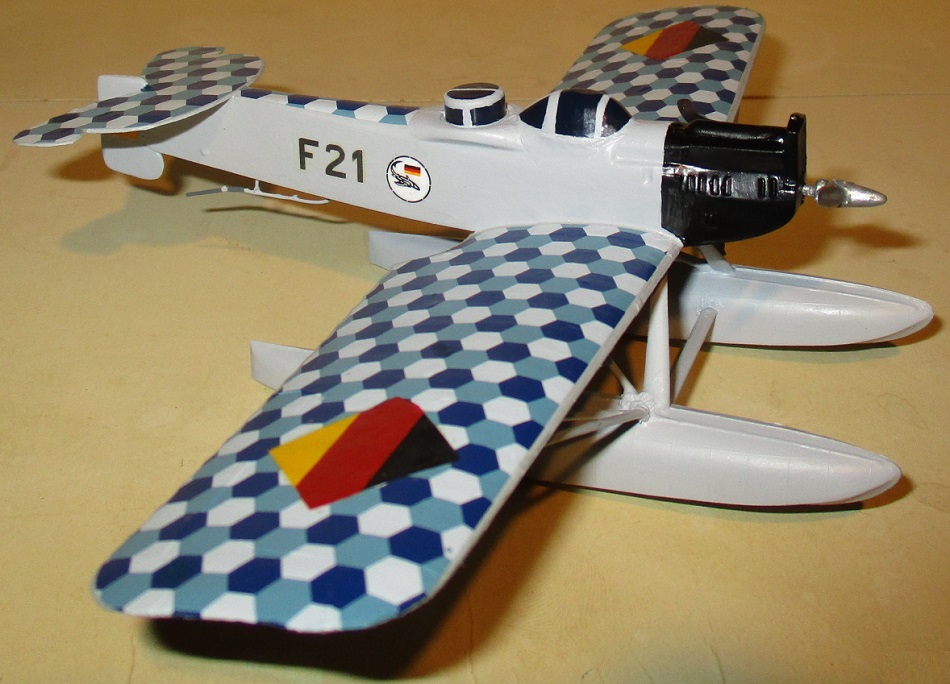
Before I forget, here's the "money shot", U.S. penny for scale. Sorry, I was all out of
pfennig.
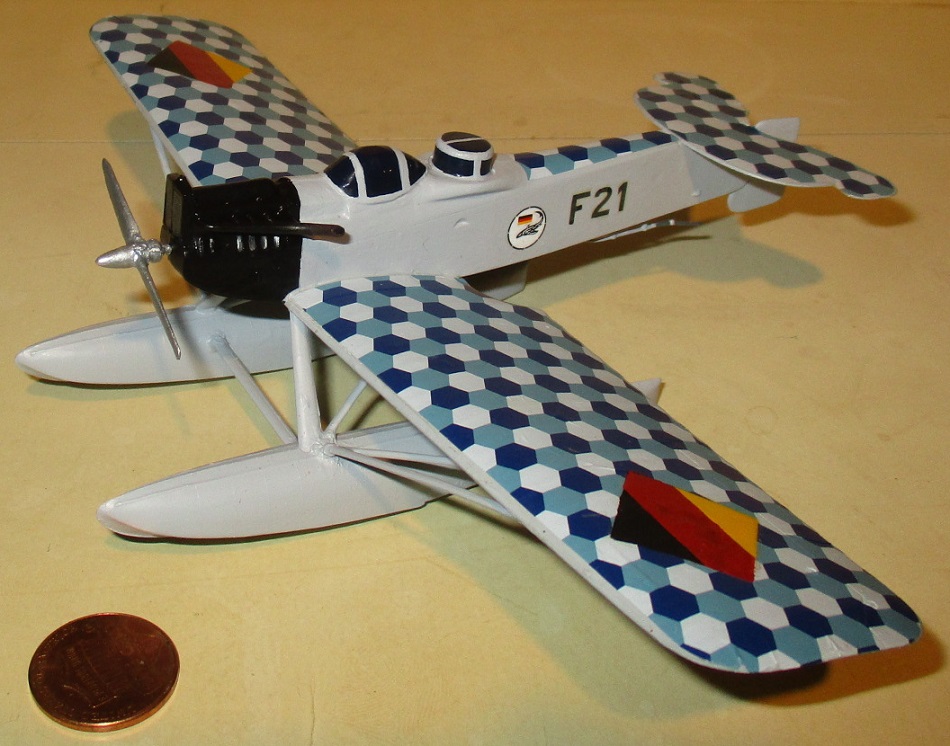
I'd like to thank Bill for his kindness in sending me the cool kit and Mr Wombat for bravely moderating this group build as well as those of you playing along or just stopping by for a look.
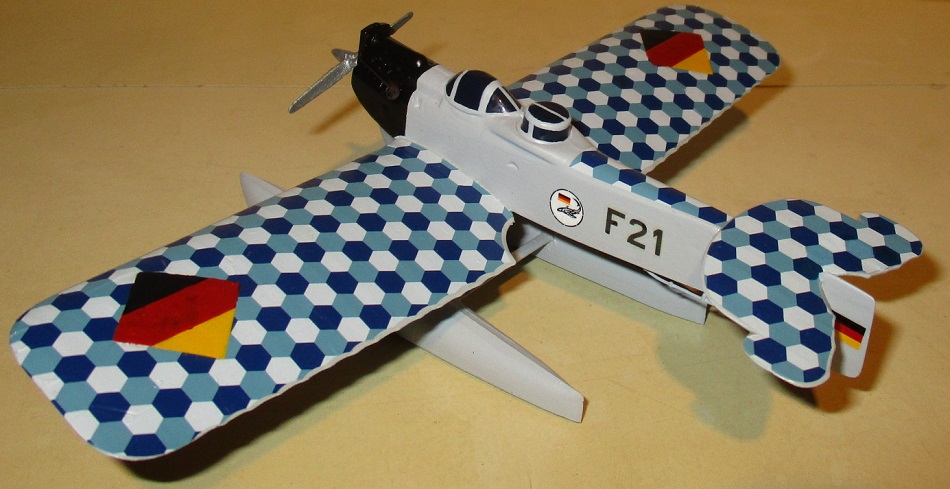
I hope you enjoyed the Weimar Fisheries W.29M float plane and reading a little more forgotten aircraft history even if the so-called "experts" refuse to accept it and think it's all just one big fish story.
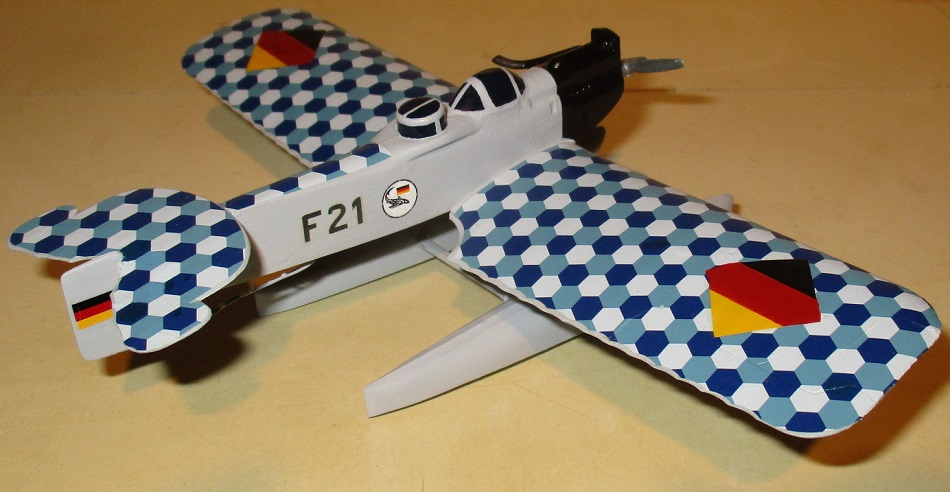
Brian da Basher